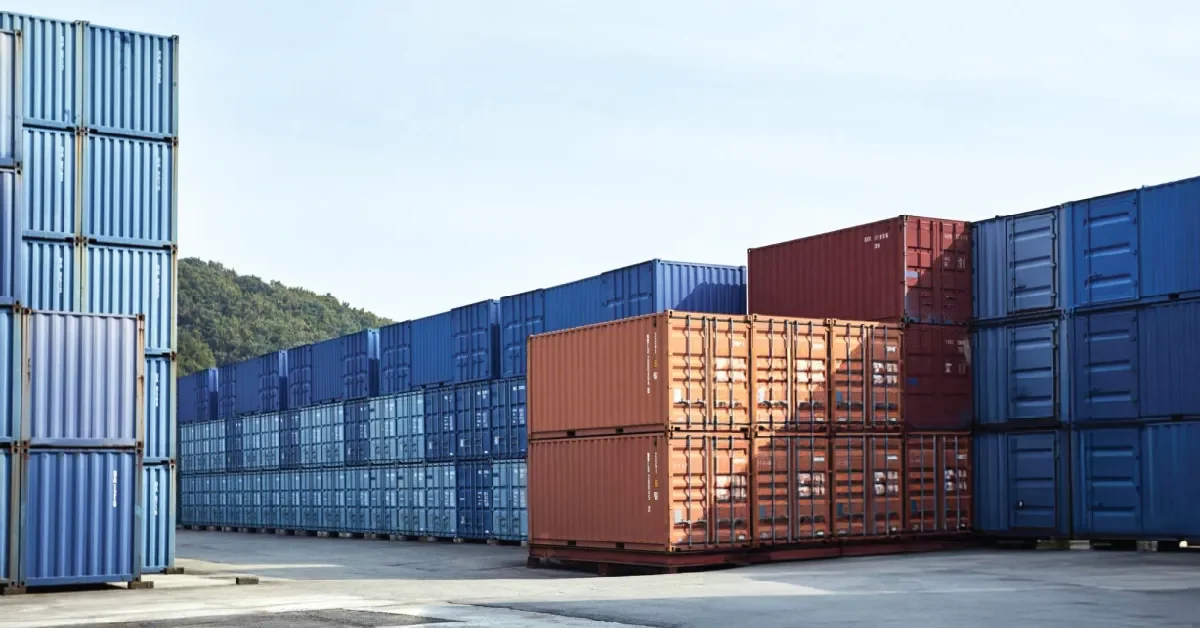
Shipping containers have expanded their historical application in logistics and transportation to become essential assets for industries like construction, retail, storage, agriculture and residential dwellings. With their increasing demand in Canada and worldwide, more companies and businesses are purchasing shipping containers for various applications. But purchasing a shipping container is not always an easy undertaking. If not watched out for, you might have a substandard container, pay too much for shipping or not meet local requirements.
Whether in Toronto, Vancouver, Calgary, Halifax or somewhere in between, the Canadian environment, regulations and shipping logistics present unique concerns when purchasing a shipping container. Below are the most common mistakes to steer clear of to make the purchase seamless and successful.
Canada’s varied geography and climate mean that not all containers or vendors will suit your requirements. You must consider more than cost, i.e. quality, legality, shipping and use are all important.
Let’s discuss the mistakes to avoid making a wise, safe and enduring investment.
One of the earliest and most frequent errors buyers commit is not knowing clearly what they will be using the shipping container for. Are you going to use it for:
Each of these applications can have varying container requirements, sizes or adjustments. During cold Canadian winters, for example, if you are employing a container as an active working environment, you will most likely need it to be insulated, ventilated and even heated. Making an incorrect container choice without all these factors in mind can result in unnecessary expenditures and inefficiencies.
Canada’s climate is varied, with cold winters in provinces such as Alberta and Manitoba, hot summers in Ontario and Quebec and cool, salty sea air in British Columbia and the Maritimes. It is important to choose a container that is durable for your unique regional climate.
For instance:
One of the major reasons containers deteriorate prematurely in Canadian weather is not checking for weather resistance.
In Canada, both new (one-trip) and used (cargo-worthy or WWT) containers are on the market. The common error is purchasing a used container without inspecting it correctly or knowing what the condition grading actually is.
New (One-Trip) Containers
Used Containers
Always ask for high-resolution photos or better yet, inspect the container in person. Look for:
Used containers that look fine online may not hold up under Canadian winter conditions, so exercise caution.
As shipping container demand increases in Canada, so do scams and unscrupulous sellers online. Some have lost thousands of dollars on false listings or untrustworthy brokers.
How to avoid this:
Some of the reliable Canadian suppliers also provide certified condition reports, which come in handy if you can’t personally inspect the container..
One of the biggest oversights for first-time buyers is overlooking the cost and logistical complexity of delivery, particularly across a very large nation like Canada.
Here’s what to keep in mind:
Obtain a delivery quote prior to purchase commitment and always inquire about what equipment is delivered to ensure site compatibility.
Shipping containers are usually 20 feet or 40 feet long, but they have high-cube (9.5 ft high) and standard-height (8.5 ft) models.
Ask yourself:
Purchasing the incorrect size or overestimating your available space is an expensive error that might entail renting extra equipment or even a purchase.
In most Canadian towns and cities, having a shipping container on your land (temporary or permanent) can be subject to a permit or approval. This is especially the case for residential use or if you’re turning the container into a building.
Examples:
Contact your local planning department or city building department before ordering. Omitting this process can result in fines, the cost of removal or relocations.
Most individuals intend to make changes on their containers after they purchase them (for air, windows, doors, shelving or insulation). Not all containers are simple to change.
Mistakes to avoid:
If your application entails repeated access (e.g., storage or retail), it might be worthwhile to add man doors or roll-up doors at the time of purchase.
This is a common fallacy. Shipping containers are made to international standards, but quality is widely variable, particularly in the used market. There are various condition ratings:
Make sure you know the grade and find one suitable for your requirements. Don’t think a “used container” advertised on Kijiji in Winnipeg will be as good as a certified CW grade from a professional provider in Edmonton.
Once a container is shipped, it may be costly to send back, particularly if it’s from out of province. Most suppliers provide no refunds or exchange policies limited at best, especially for used equipment.
Make sure to:
Respectable Canadian sellers usually have well-defined policies, while private vendors seldom provide any guarantee.
Purchasing a shipping container in Canada (Be it for commerce, storage or a special project) can be a sound investment. However, to remain hassle-free, you must put process into the equation using knowledge, forethought and prudence. Remember the Canadian-specific considerations of climate, transport distances, regulatory realms and regional market fluctuation.
To summarize, avoid these top mistakes:
If you do your homework, you’ll not only save time and money, you’ll have a container that suits your needs year after year.
Ensure that you collaborate with reputable Canadian providers like Sea Can Kings, who grasp the distinctive logistics, legalities and environmental issues among provinces. Whether in Nova Scotia or Saskatchewan, having the correct advice can prove the difference.
Do you have inquiries or wish to find the finest container solutions within your location? Let us hear from you or get in touch with our specialists for custom advice.
 -
-